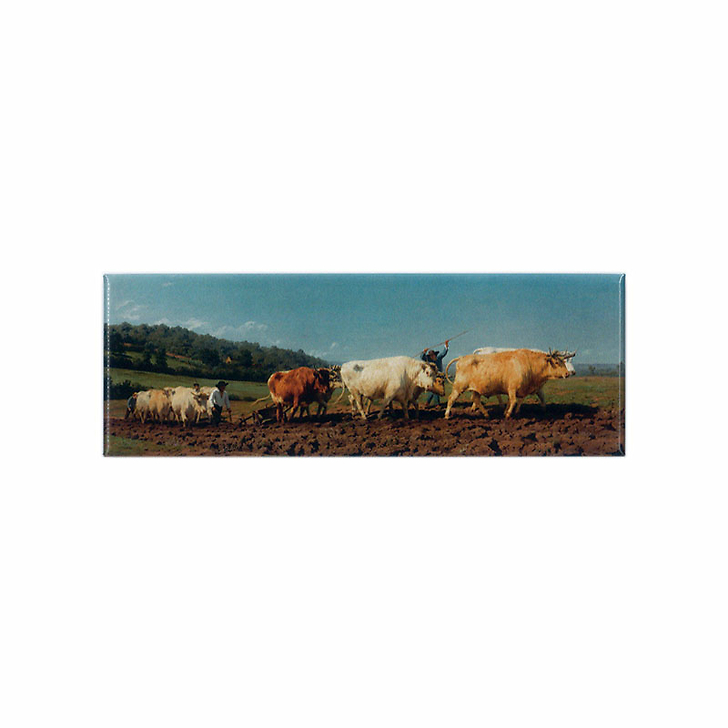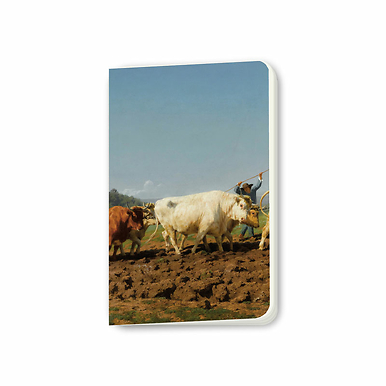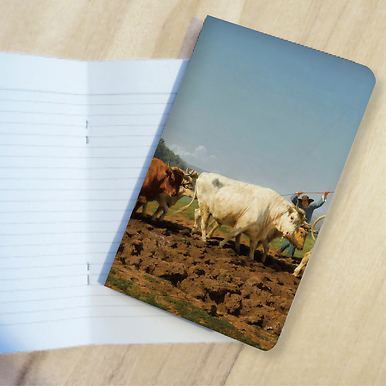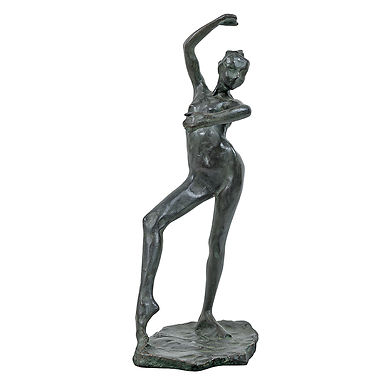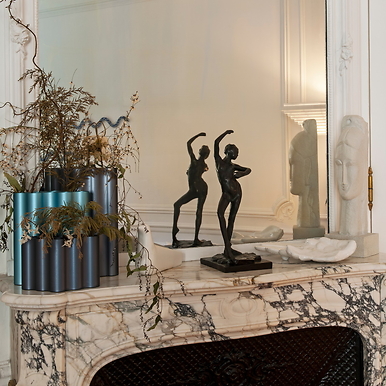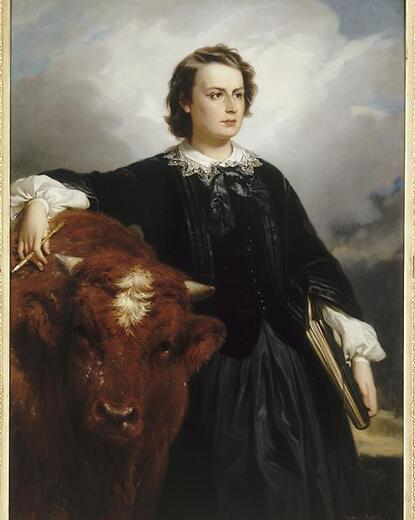Magnet Rosa Bonheur - Ploughing in the Nivernais region also known as Le Sombrage, 1849
IS220330
This magnet was edited for the exhibition "Rosa Bonheur (1822-1899)", presented at the Musée des beaux-arts de Bordeaux from May 18th 2022 to September 18th 2022 and at the Musée d'Orsay from October 18th 2022 to January 15th 2023.
Rosa Bonheur (1822 - 1899)
Ploughing in the Nivernais, also known as...
Read more
This magnet was edited for the exhibition "Rosa Bonheur (1822-1899)", presented at the Musée des beaux-arts de Bordeaux from May 18th 2022 to September 18th 2022 and at the Musée d'Orsay from October 18th 2022 to January 15th 2023.
Rosa Bonheur (1822 - 1899)
Ploughing in the Nivernais, also known as Le Sombrage (detail), 1849
Oil on canvas. H. 133 ; W. 260 cm
Paris, Musée d'Orsay. Commissioned by the State, 1848
Photo Rmn-GP (Musée d'Orsay) / P. Schmidt
This scene describes the first ploughing, called sombrage, which is carried out at the beginning of autumn and which opens up the earth in order to aerate it for the winter. We see two teams of oxen pulling heavy ploughs in a nicely undulating plain closed by a wooded hillside, turning over a field whose furrows can already be seen broken.
All the interest is concentrated on the team in the foreground, on these oxen from the Charolais-Nivernais region whose light, red and white coat is highlighted by the cold, clear light that envelops the entire scene. It is first of all an animal scene, whose heroes are the oxen themselves, which leaves little room for man: the herdsman is very small on this canvas. It is a hymn to the work of the fields whose greatness is all the more magnified as it is easy to oppose it, in these days after the revolution, to the turpitudes of the city. It is also a recognition of the province, here the Nivernais, of its agricultural traditions and its landscapes.
All this made that this realistic work was almost unanimously praised by the critics. The State, which had commissioned it from Rosa Bonheur in 1848 for the Lyon museum, preferred to keep it in Paris, at the Luxembourg museum. It then entered the Louvre after the death of this artist, who was rich and famous in France, England and especially the United States, before joining the collections of the Musée d'Orsay.
Close
Login to see prices
Sold by GrandPalaisRmn

